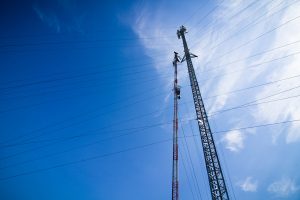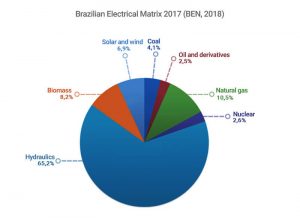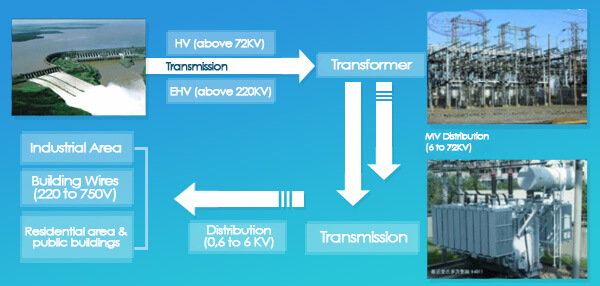 Most human activities need some kind of energy, whether in the industries or in the electricity used at home and in several other moments of the day, since we are always connected. Most of this energy has its origins in the burning of fossil fuels.
Most human activities need some kind of energy, whether in the industries or in the electricity used at home and in several other moments of the day, since we are always connected. Most of this energy has its origins in the burning of fossil fuels.
In the world, the main source of electricity generation is coal. In transportation, the energy to move the vehicles comes mainly from the burning of gasoline and diesel oil. In the industry, for example, we use natural gas and other oil derivatives.
There is a difference between energy matrix and electrical matrix, although many people think it’s the same thing. The first one represents the set of energy sources available to move the cars and generate electricity, while the second is formed by a set of available sources necessary for the electric power generation.
In other words, the electrical matrix is part of the energy matrix. We need electric power to perform various activities such as watching a movie, keeping the fridge on, charging laptops and mobiles, among many other things.
The Brazilian electrical matrix is more renewable than the energy matrix, considering that much of the electricity generated in Brazil comes from hydroelectric plants. Wind energy is growing and contributing to our electrical matrix to maintain its most renewable part.
As it is possible to note, electricity is crucial. Among the forms of power transmission, the electrical power has the simplest transmission. It consists of raising the tension in the generators centers in order to obtain a level with fewer losses and at an acceptable cost and, after the arrival to the consumer centers, performing a second transformation.
The electricity sector is a process that can be divided into three areas:
Generation (G): responsible for the transformation of the primary energy (such as reservoir waters, wind energy, solar energy, gas) into electricity. In Brazil, power generation is dominated by the hydraulic system due to our rivers’ great potential.
Transmission (Tlt i): carries out the energy generated to the load-consuming centers. In general, large consumer centres are located far away from major energy potentials. This makes it necessary to have a large number of transmission lines, with hundreds of kilometers. State/mixed capital companies such as Eletrobrás, CEMIG, COPEL prevail.
Distribution (D): this sector’s function is to receive the energy of the transmission companies and distribute them to the consumer centers, both residential and industrial.
The figure below illustrates the generation, transmission and distribution of energy. Polyexcel operates in the compounds’ manufacture for the production of wires and cables used in the areas of energy distribution.





